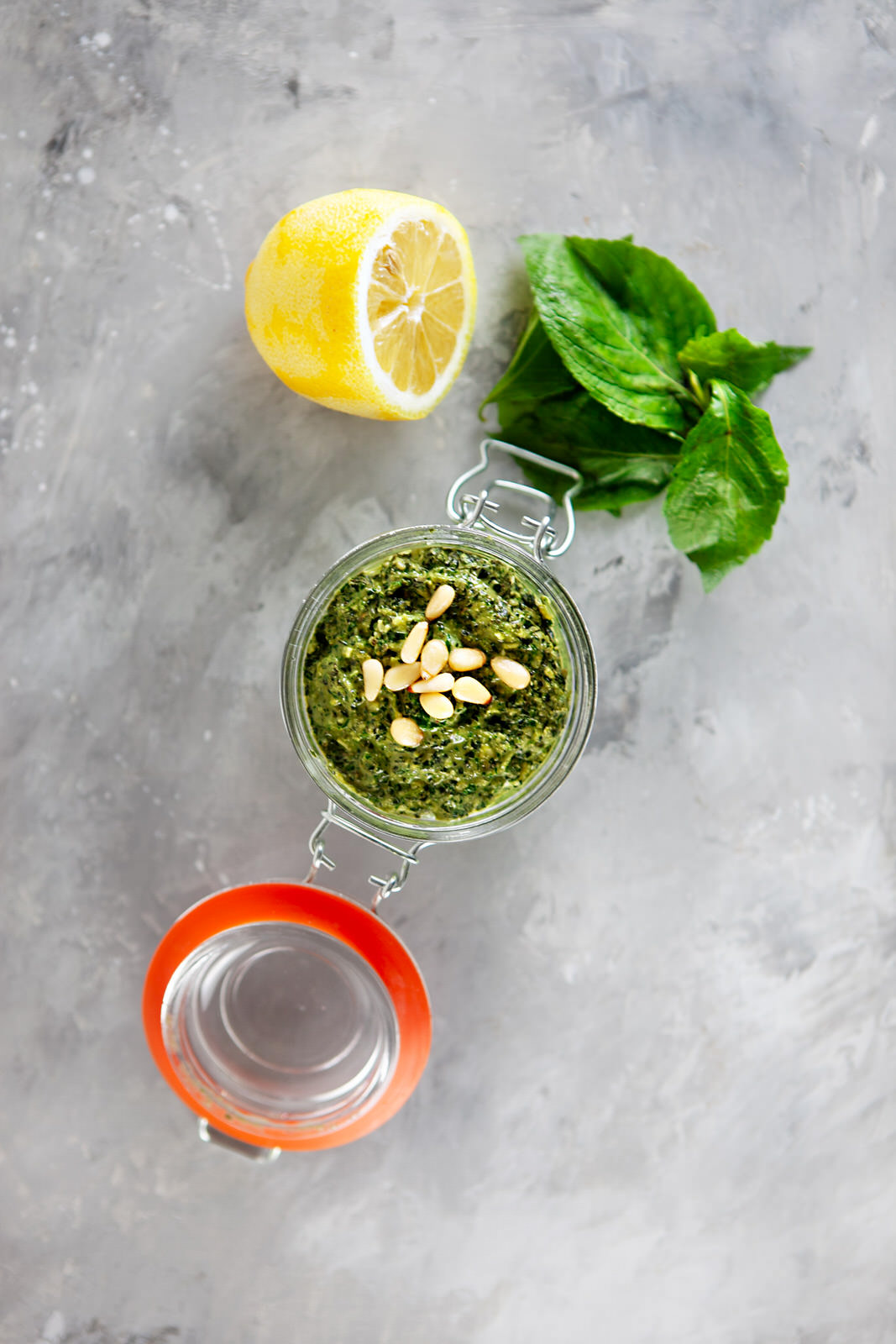African blue basil (Ocimum gratissimum) popularly known as scent leaf is found across Nigeria and West Africa, as well as, tropical regions around the world. Growing up I knew this leaf, with its distinctive aroma and flavour, as Ntong (Efik & Ibibio), but it is also known as Efirin (Yoruba), Nchianwu (Igbo), Daidoya (Hausa) in Nigeria among many other local language names that it is know by.
Scent leaves have also long been used as a medicinal plant and known to provide a number of health benefits. On researching the benefits are apparently many, and some include treating malaria fever, cold & catarrh and cough, and oral infections. It has anti-inflammatory properties relieving ailments such as arthritis and gastroenteritis. Scent leaf is also known to address fertility challenges especially in men. Now the list goes on and there is quite a bit of research online if you wish to learn even more. I definitely encourage you to investigate.
For now let’s get to the recipe. I decided to use scent leaf to make a vegan pesto in place of Italian basil, which I normally use. I then used this to prepare a really simple pasta dish with fusilli, smoked portobello mushrooms and cherry tomatoes. The final dish was bursting with flavour. The scent leaf truly provided a unique twist to the pesto sauce. I encourage you to try this out for yourself.
Enjoy!




